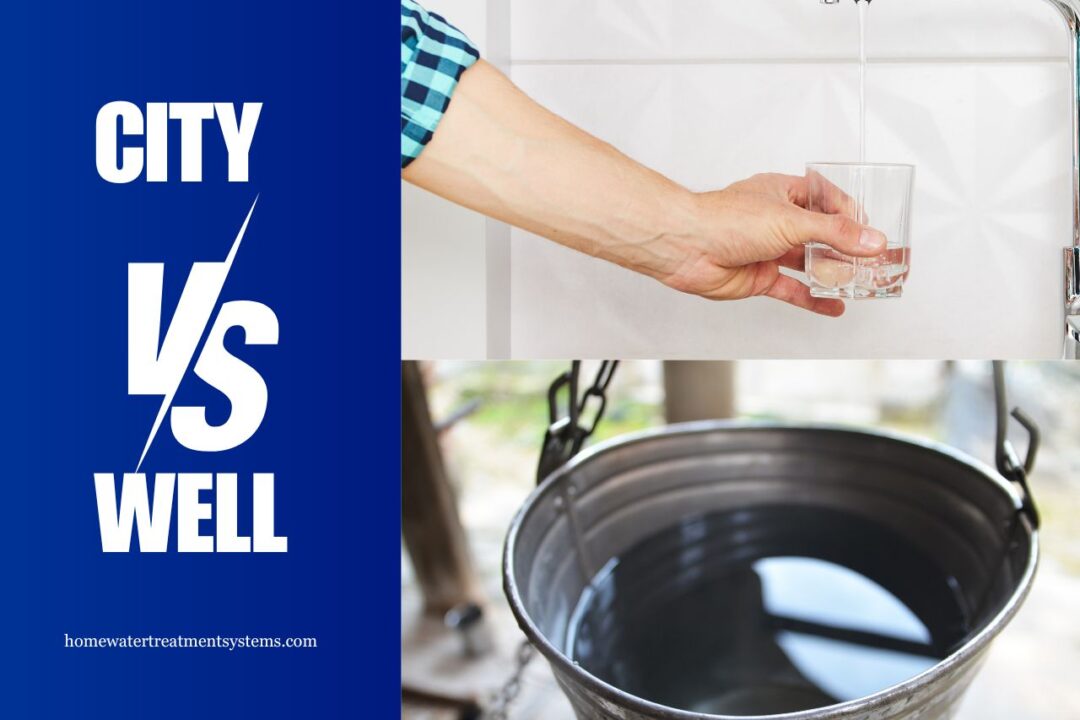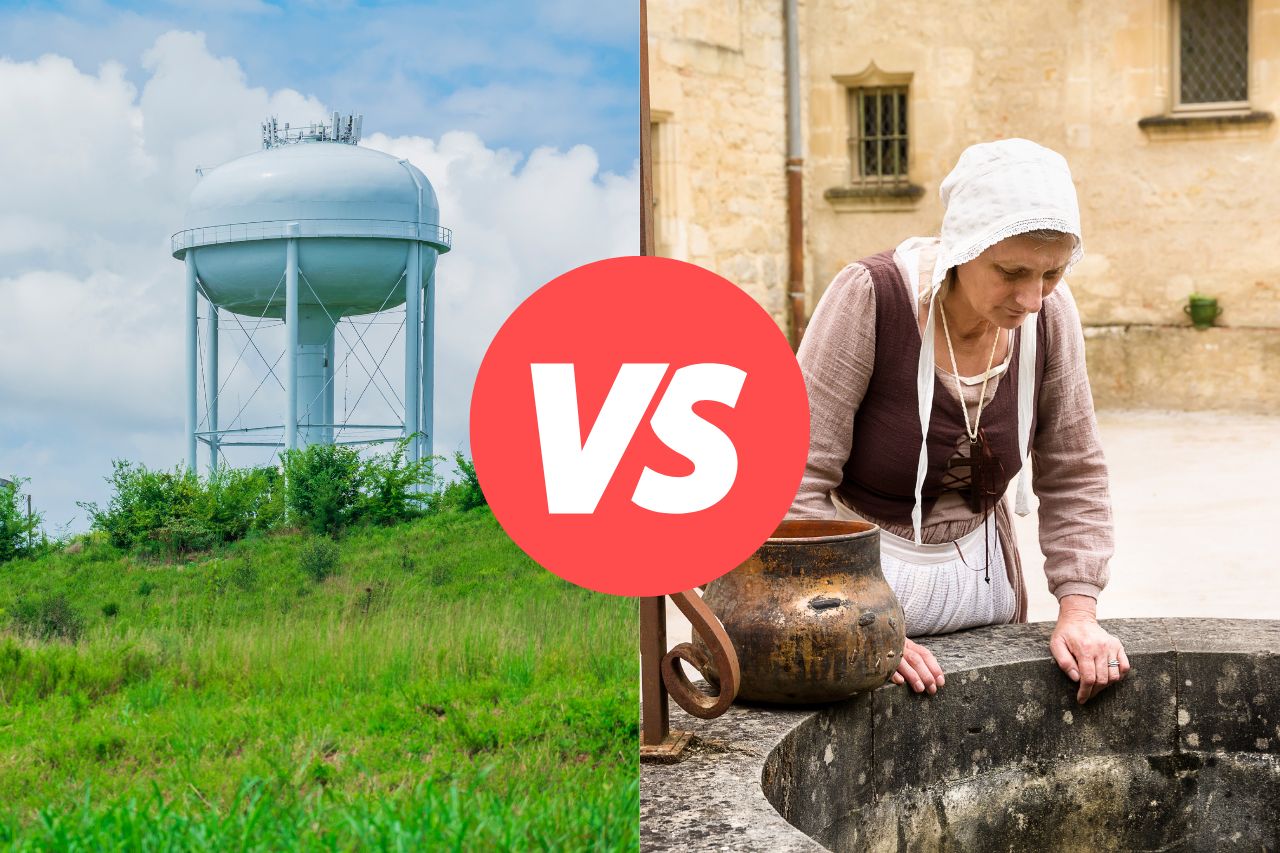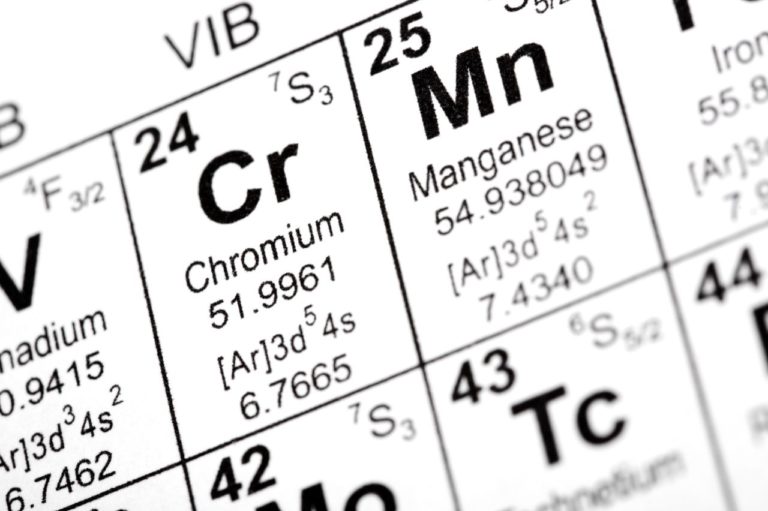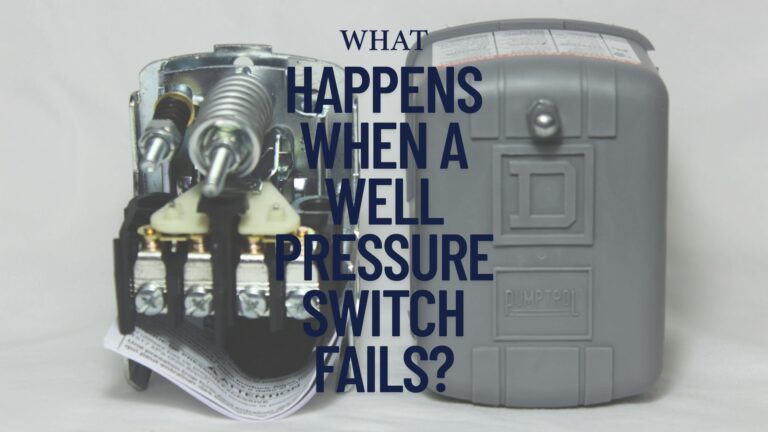Well Water vs Public Water: Which is More Cost-Effective?
In this article, we will explore the advantages and disadvantages of both well water and public water, and determine which option is more cost-effective. We will discuss factors such as initial installation costs, ongoing maintenance expenses, and long-term savings. By the end of this article, you will have a better understanding of which option may be more suitable for your budget and needs.

Introduction
When it comes to choosing your water source, there are two main options to consider: well water and public water. Both have their advantages and disadvantages, but one factor that plays a significant role in decision-making is cost-effectiveness. In this article, we will explore the cost implications of well water versus public water, helping you make an informed choice for your household.
What is Well Water?
Well water refers to water sourced from underground aquifers through a well on your property. It is typically obtained by drilling a hole deep into the ground and tapping into an underground water source. Well water is commonly used in rural areas where public water infrastructure is not available.

Advantages of Well Water
Lower Initial Costs
One significant advantage of well water is its lower initial costs compared to public water. With well water, you eliminate the need to pay for connection fees, permits, and installation expenses associated with accessing public water. Once the well is drilled and the necessary equipment is installed, you can start using the water without any monthly bills.
Independence from Public Infrastructure
Well water offers the advantage of independence from public water infrastructure. This means you are not dependent on public water supply systems, which can be susceptible to breakdowns, leaks, or maintenance issues. With well water, you have greater control over your water supply, ensuring a continuous and reliable source.
Less Vulnerability to Contamination
Another advantage of well water is its reduced vulnerability to contamination. Public water systems can sometimes be compromised by external factors, such as pollutants or harmful chemicals. Well water, on the other hand, is typically sourced deep underground, away from potential sources of contamination. When properly maintained, well water can provide you with a safer and cleaner water supply.
Disadvantages of Well Water
Upfront Expenses for Drilling and Maintenance
While well water offers lower initial costs, it is important to consider the upfront expenses associated with drilling a well and maintaining the equipment. The costs of drilling a well can vary depending on the depth and location, and maintenance expenses can arise if the well or pump system requires repairs or replacement parts. These costs should be factored into the overall cost-effectiveness of well water.
Potential for Quality Issues
Well water is not always free from quality issues. The water’s taste, odor, and appearance can vary based on factors such as the location of the well, geological conditions, and the presence of natural minerals or contaminants. It may be necessary to invest in water treatment systems or filters to improve the taste and quality of the well water, adding to the overall costs.
Lack of Regulation and Monitoring
Unlike public water, well water is not subjected to the same level of regulation and monitoring. Public water systems are required to meet certain safety standards and undergo regular testing to ensure the water’s quality is maintained. With well water, the responsibility for monitoring and testing falls on the homeowner. This adds an extra burden of ensuring the water remains safe for consumption and may require additional costs for water testing.
What is Public Water?
Public water, also known as municipal or tap water, is supplied by local government bodies and delivered through a network of pipes connected to households and businesses. This water is sourced from rivers, lakes, reservoirs, or underground aquifers.
Advantages of Public Water
Accessibility and Convenience
One of the main advantages of public water is its accessibility and convenience. It is readily available to households, with no need for drilling wells or maintaining equipment. Public water is delivered directly to your tap, ensuring a constant and reliable supply of water without any additional effort on your part.
Professional Management and Testing
Public water systems are managed by professionals who ensure that the water meets safety standards. Regular testing is conducted to monitor the quality of the water and detect any potential contaminants. This ensures that the water you receive is safe for consumption and reduces the likelihood of health issues related to water quality.
Regulated Safety Standards
Public water systems are subject to strict regulations and safety standards set by local authorities. These regulations govern aspects such as the treatment process, water quality, and the testing frequency. The adherence to these standards provides assurance that the water you receive meets the required safety criteria.

Disadvantages of Public Water
Monthly Bills and Price Fluctuations
The main disadvantage of public water is the monthly bills associated with its usage. Unlike well water, public water comes with a cost, and the price can vary depending on factors such as your location, water consumption, and the local municipality rates. These bills can add up over time and need to be included in your cost considerations.
Dependency on Public Infrastructure
With public water, you are dependent on the public infrastructure for the delivery of water. If the system experiences any disruptions, such as pipe bursts or maintenance work, you may experience temporary water outages. This dependency can be a disadvantage in situations where immediate access to water is crucial.
Water Source Vulnerabilities
Public water sources, such as rivers or lakes, can be susceptible to environmental factors and contamination risks. Pollution from industry, agriculture, or natural disasters can affect the quality and safety of the water supply. While public water systems have safeguards in place, there is always a possibility of source vulnerabilities that could impact the water’s safety.
Factors Affecting Cost-Effectiveness
When considering the cost-effectiveness of well water versus public water, several factors come into play.
Initial and Ongoing Costs
The initial costs of drilling a well and installing the necessary equipment need to be compared to the connection fees and installation expenses associated with public water. Ongoing costs related to maintenance, repairs, and water treatment should also be taken into account when assessing long-term cost-effectiveness.
Water Consumption
Your household’s water consumption plays a role in determining cost-effectiveness. Analyze your water usage patterns, taking into consideration factors such as the number of occupants, daily activities, and water-intensive appliances. A higher water consumption may make public water more cost-effective, while lower usage levels could favor well water.
Quality and Health Considerations
Consider the quality and health aspects of the water. Well water may require additional treatment, filtration, or testing to ensure its safety for consumption. Assess the costs associated with maintaining a healthy and safe water supply when comparing the cost-effectiveness of both options.

Comparing Costs
Let’s examine the cost aspects of both well water and public water in more detail.
Installation and Maintenance Expenses
Well water typically has lower installation costs due to the absence of connection fees and permits. However, the upfront expenses for drilling the well and installing the necessary equipment should be considered. On the other hand, public water requires connection fees and potentially higher installation costs.
Maintenance expenses for both options should also be taken into account. Well water may require periodic maintenance of the well, pump, and other equipment, while public water may involve costs related to plumbing repairs or replacement.
Impact of Water Consumption
The cost of water consumption can vary depending on your usage and the rates set by the local municipality. Public water bills are typically based on water meter readings, while well water does not incur any direct costs for usage. Analyze your household’s water consumption patterns to determine which option would be more cost-effective in the long run.
Treatment and Purification Costs
If the quality of well water is not up to standards, additional treatment methods and equipment may be necessary. This can include water softeners, filters, or disinfection systems to improve taste, remove contaminants, or address specific health concerns. Public water, being regulated and tested, often requires fewer treatment costs.
Environmental Impact
The environmental impact of both well water and public water is an important consideration.
Sustainability and Resource Conservation
Well water can be considered more sustainable as it utilizes local groundwater resources rather than relying on surface water sources. However, over-pumping or excessive extraction of groundwater can lead to long-term environmental implications, such as aquifer depletion. Public water systems, while utilizing surface water sources, often have sustainability measures in place, such as water conservation campaigns or efficient water treatment processes.
Potential Pollution and Environmental Risks
Both well water and public water sources can be susceptible to potential pollution or environmental risks. Well water may be at risk from nearby contamination sources such as industrial activities or agricultural runoffs. Public water sources can also face contamination risks due to events like chemical spills, natural disasters, or inadequate wastewater treatment. Environmental considerations should be evaluated when weighing the cost-effectiveness of each option.
Decision Factors
When deciding between well water and public water, several factors should be taken into consideration.
Location and Water Availability
The availability of public water infrastructure in your area is a crucial factor. If public water is not accessible or if the connection fees are prohibitively expensive, well water may be the more feasible option. Analyze the geographical features, such as local water tables or proximity to surface water sources, to assess the feasibility of well water.
Water Usage and Consumption Needs
Evaluate your household’s water usage and consumption needs. Consider factors such as the number of occupants, daily activities, and water-intensive appliances. Higher water consumption may favor public water due to cost-effectiveness, while lower consumption levels may make well water a more economical choice.
Financial Considerations
Determine your budget and assess the short-term and long-term financial implications of both options. Consider not only the initial installation costs but also ongoing maintenance expenses, water consumption bills, and potential treatment costs. A well-thought-out financial analysis will help you determine which option is more cost-effective for your specific circumstances.
Conclusion
When it comes to choosing between well water and public water, many factors must be considered, with cost-effectiveness being an important aspect of the decision-making process. Well water offers lower initial costs, independence from public infrastructure, and less vulnerability to contamination. However, there are upfront expenses, potential quality issues, and a lack of regulation and monitoring to consider.
Public water, on the other hand, provides accessibility and convenience, professional management and testing, and regulated safety standards. However, it comes with monthly bills, dependency on public infrastructure, and potential vulnerabilities of the water source.
To determine which option is more cost-effective for you, consider factors such as installation and maintenance expenses, water consumption patterns, and water quality considerations. Additionally, evaluate the environmental impact and assess factors like location, water availability, and financial considerations.
Ultimately, the decision between well water and public water should be based on a thorough analysis of these factors, taking into account your specific circumstances and priorities. By weighing these considerations, you can make an informed choice that meets your needs for cost-effectiveness and water quality.







